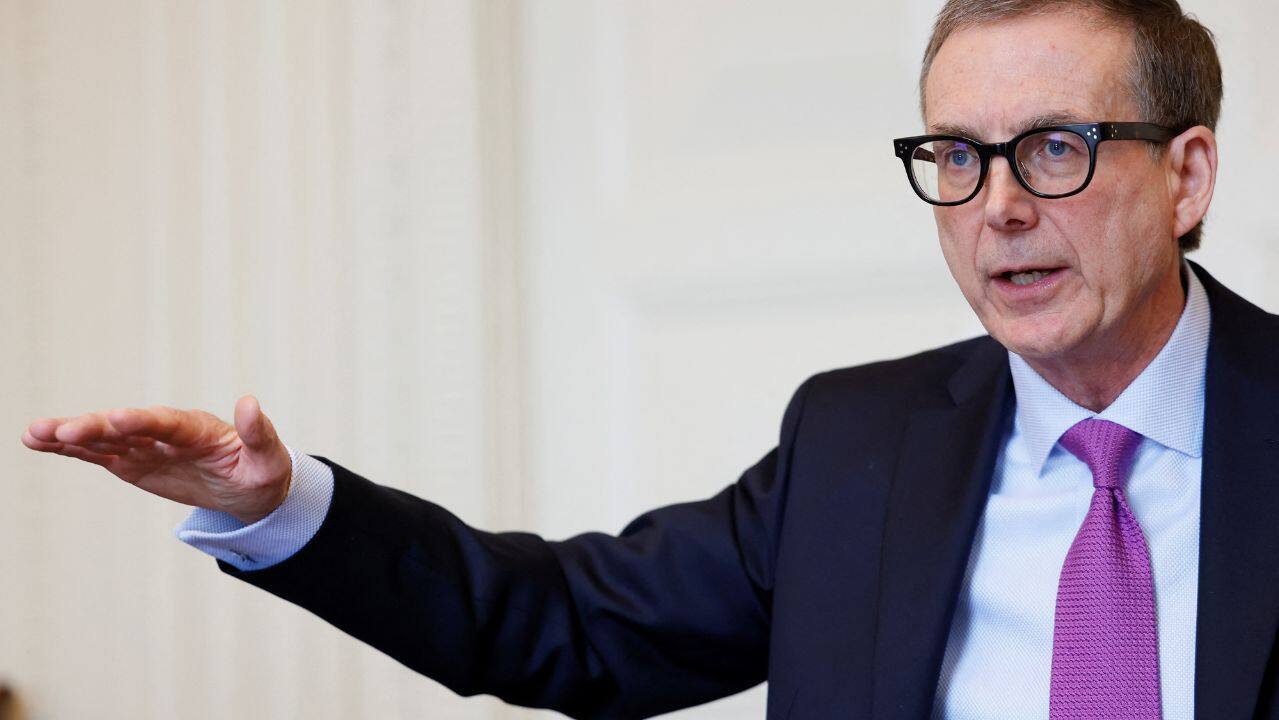If you are one of those Canadians who remain confident that central bank governor Tiff Macklem has a good handle on the economy, the future looks pretty bright.
“It’s working,” Macklem boasted at Wednesday’s monetary policy news conference.
Yes, another quarter-point rate hike means Canadians paying off their mortgages will now be forking out 4.25 percentage points more than they expected just two years ago. And yes, interest costs on those lines of credit so many Canadians still carry will rise above seven per cent instead of the two per cent when the bank lent them the money.
But according to Wednesday’s monetary policy report, not only does the Bank of Canada seem to think it may have inflation pretty well licked, Macklem said he expects the Canadian economy will pay a relatively mild price over the next six to nine months compared to some of the most worrying predictions.
Not everyone shares his optimism. And even Macklem admits it won’t be painless.
Just a little recession
Macklem is projecting “roughly zero growth for two or three quarters,” referring to the three-month periods economists use to break up a year. “What that means is, it’s just as likely that we’ll have two or three quarters of slightly negative growth as slightly positive growth. So yes, it could be a mild recession.”
Macklem said “it’s not going to feel good” to Canadians who have been used to economic growth rates of more like three per cent, but it will be nowhere near as deep or as long as the kind of economic slump that has happened in previous downturns.
“It’s not a major contraction,” he said.

As Macklem and Senior Deputy Governor Carolyn Rogers explained in their Wednesday meeting with financial reporters, what the central bank is trying to do is bring the economy back into balance.
According to the bank’s analysis, money borrowed at rock bottom interest rates plus a flood of savings that rushed into the economy following the pandemic bounce-back meant that Canadians wanted to buy more than the economy could provide.
The inflation story
In an oversimplified form, this is how economic theory tells it: With access to all that cash, people wanted more stuff.
They wanted bigger and more expensive houses. They wanted new trucks and cars and the gas to put in them. They had money to spend on nicer appliances and more and better food and many other things.
The problem was that the Canadian economy could not build houses fast enough to satisfy all that pent-up demand. The truck and appliance markets were seized up by broken supply chains. And the Russian attack on Ukraine sent the price of gasoline soaring, which was passed down to all the other products like food that needed to be sent by truck.
Meanwhile, to satisfy all that consumer demand, retailers and other businesses bid up the price of products and inputs that were available and passed on those costs on. At the same time, to get a piece of the action, employers were desperately trying to hire new employees just as the skilled baby boomers were waltzing off stage into retirement.
So what the Bank of Canada and other central banks around the world are trying to do is raise interest rates enough to cool demand until the economy gets back into equilibrium where we make as much stuff as we can afford to buy.
“Demand is running ahead of supply. We need supply to catch up,” said Macklem at Wednesday’s news conference. “But I don’t want to pretend that it’s painless. It’s not painless.”
Now, according to the latest monetary policy report, the Canadian economy is just reaching that sweet spot where, after a shallow recession, inflation will fall to about three per cent this year and two percent in 2024 and the economy can start growing again.
The Bank of Canada is raising interest rates again, bumping it to 4.5 per cent. This marks the eighth increase in less than a year, leaving some homeowners scrambling to keep their mortgages.
Too rosy?
In a world with so many different economic opinions it is perhaps reasonable to think there will be sceptics. In framing a question to Macklem, one reporter described it as a “rosy outlook.”
A kind of futures market that manages loan risks is predicting Canadian interest rates will actually decline this year, possibly implying a downturn that makes current interest rates unsustainably high. Macklem scoffed at that idea, saying it’s too early to be talking about cuts.
Many others have warned that slashing inflation all the way down to two per cent is simply not in the cards, as domestic and global forces, including business and consumer expectations, mean inflation will be “sticky” somewhere above four per cent. Macklem insisted two per cent is still the target.

Certainly, Macklem did not pretend the bank’s outlook is without risk in a complicated world. Inflation could come in higher than the Bank of Canada hopes, driven up by wage demands and high service prices, or there could be “a severe global slowdown.” A European war remains a wild card as is the post-lockdown reopening of China’s giant economy.
For those eager to see an end to rising interest rates and rising prices, it may be too soon to celebrate. Macklem repeatedly insisted that what he called a “pause” in rate hikes remains conditional.
“If we start to see an accumulation of evidence that inflation’s not coming down in line with our forecast, we’re prepared to raise interest rates further to bring inflation back to target.”






More Stories
Fair share: the right office solution can take finding the right partner
Ontario faces crew shortages, aircraft issues in fight against wildfires | Globalnews.ca
Refugee attends open house at Downtown Eastside affordable housing facility – BC | Globalnews.ca